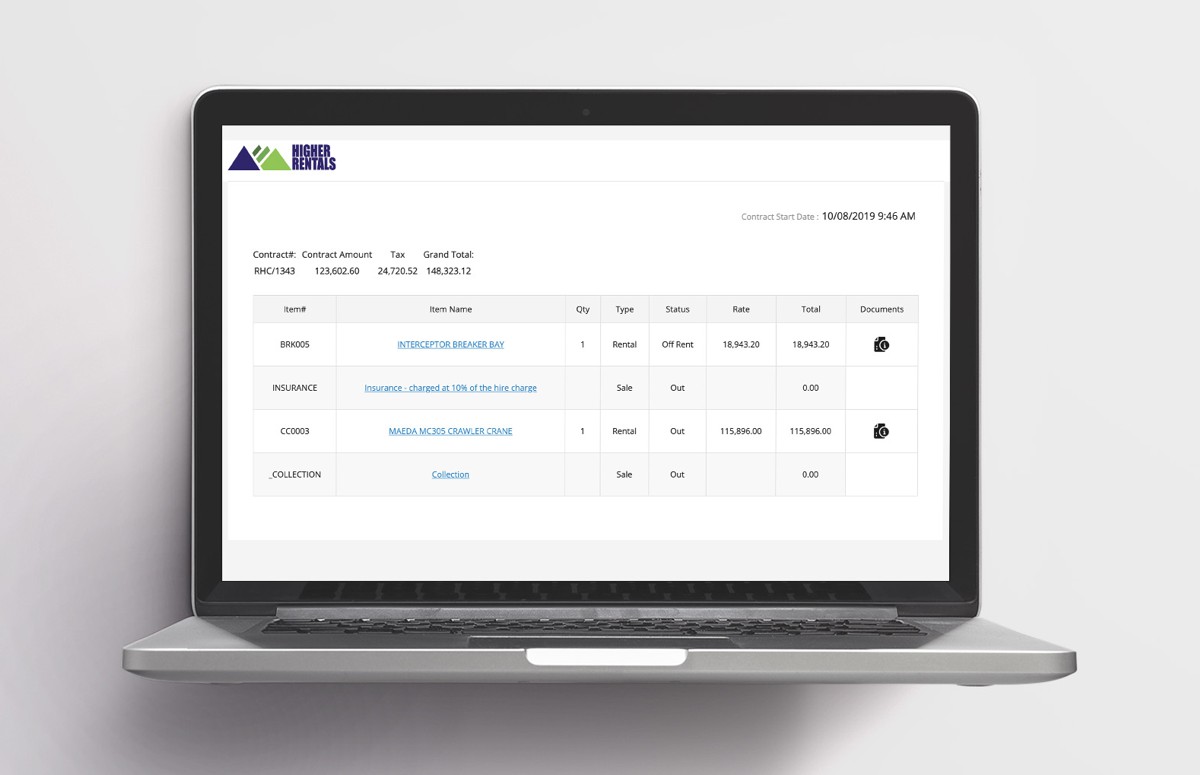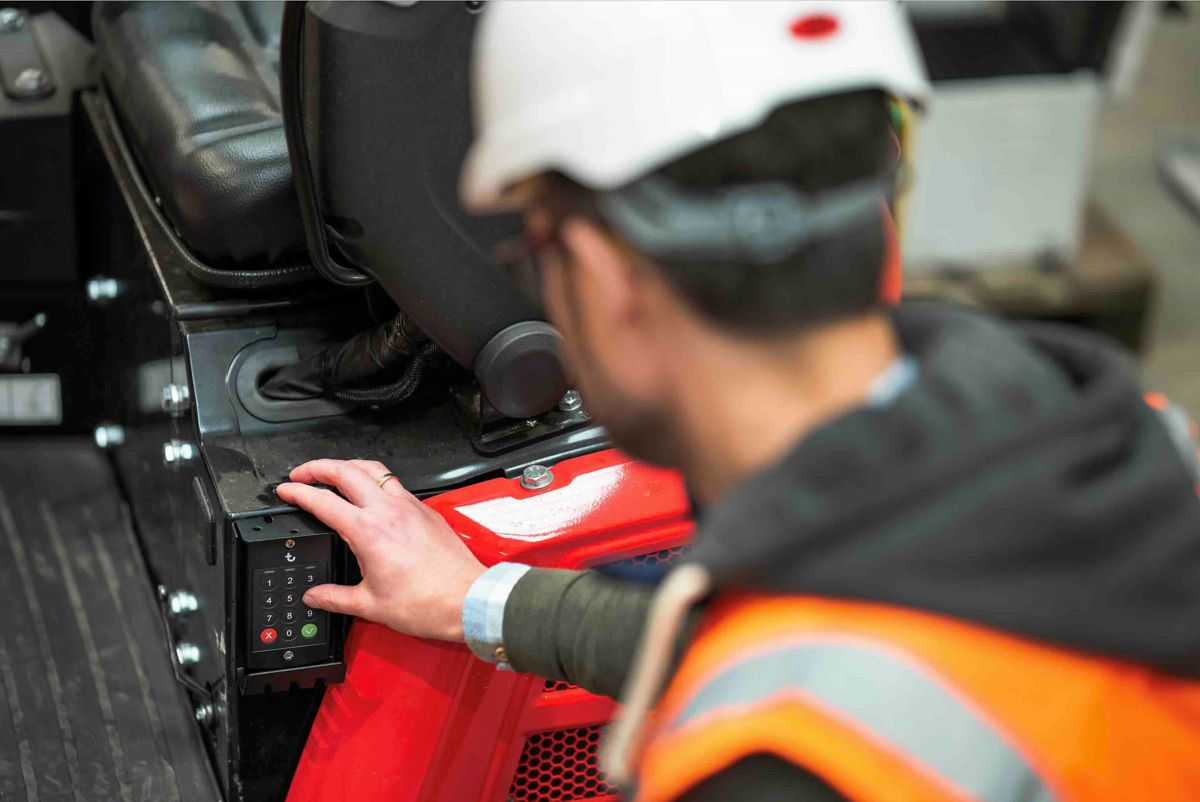The largest 3D construction printer in the world heads for to Saudi Arabia
Elite for Construction & Development Co. decided to place the order at COBOD as a response to Saudi Arabia’s need for building 1.5 million private houses over the next 10 years and to Saudi Arabia’s Vision 2030, which aims to improve the country’s economy and housing situation by applying more modern construction techniques in the country. At the same time leading private companies and public organisations have expressed a strong desire to use the 3D construction printing technology in construction projects if provided locally by a Saudi company.
Danish COBOD International has made the headlines quite a few times in 2017 and 2018 with their 3D construction printing activity and now releases the first news for 2019. First they hit the media, when they in the fall of 2017 made the first 3D printed building in Europe, The BOD, in Copenhagen.
In 2018 they continued their fast development by launching the BOD2, the only second generation 3D construction printer on the market, which quickly thereafter established traction by beating all the competitors and winning the first EU tender for a 3D construction printer. Later in 2018 COBOD announced a partnership with the multinational German Peri Group, which acquired a significant minority of the company. Now in 2019 they have sold the biggest 3D construction printer in the world.
Henrik Lund-Nielsen, CEO of COBOD International said: “We are very proud to receive this order from Saudi Arabia, which again confirms that our second generation BOD2 3D construction printer is second to none. Not only is the BOD2 the fastest 3D construction printer in the world, but the modular approach of the BOD2 allowed us to deliver the size that Elite For Construction & Development wanted, a printer capable of printing buildings of more than 300 square meters”.
Already last year it became clear that not only Dubai, where 25% of all buildings by 2030 must be 3D printed, but also Saudi Arabia have big ambitions with the application of 3D construction printing. A small private house was 3D printed in Riyadh at the end of 2018. Now, multiple public and private organisations are requesting the use of the 3D construction printing technology in new construction projects, as soon as the technology is available locally on a permanent basis.

Saad Al Shathri, General Manager of Elite for Construction & Development Co. explained: “We will make this revolutionizing technology available in all of the kingdom of Saudi Arabia. We will be able to carry out projects with our own crews and based on 3D printable concrete made locally. This will bring costs significantly down compared to temporary imported printers using foreign made materials. With the 3D construction printing technology we will be able to do projects almost impossible with conventional technology, and we will build faster and cheaper than before. At the same time we decided to invest in a very large printer, such that the scope of projects we can carry out will be as big as possible”.

Henrik Lund-Nielsen added: “The sheer size of the new printer is impressive. This will by far be the biggest 3D construction printer ever made and with the printer Elite For Construction & Development Co. will be able to do construction projects previously unthinkable for a 3D construction printer. When compared to the BOD building we did, it is clear that Elite for Construction & Development Co. is taking 3D construction printing into brand new territories. With this printer they will be capable of gaining a leading position not only for the 3D construction printing of private houses, but also for medium sized offices and public buildings like museums, schools etc.”.















